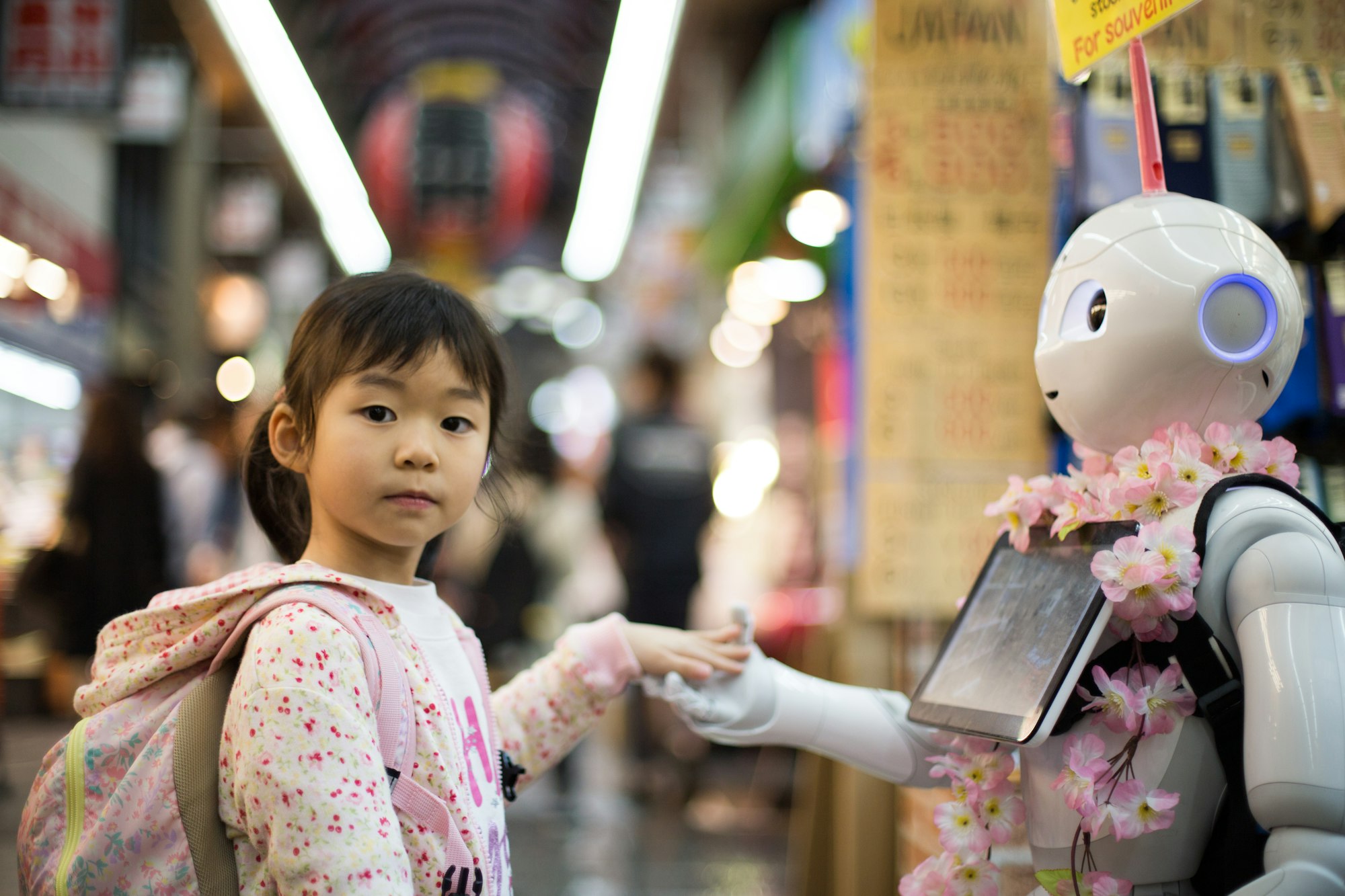
As technology advances, so does the potential for Artificial Intelligence (AI) to understand and interact with humans in increasingly complex ways. One of the most exciting aspects of this development is the potential for AI to understand and interact with humans on an emotional level. This article will explore the current state of AI and emotional intelligence, the potential applications of this technology, and the implications of its use in the future.
Current State of AI and Emotional Intelligence
Artificial Intelligence (AI) has come a long way since its inception, with advancements in technology and research leading to incredible developments. AI is used in various industries, from healthcare to finance, to improve efficiency, accuracy, and productivity. AI is also being used to develop more sophisticated systems for understanding and responding to human emotions. Learning and responding to human emotions is known as Emotional Intelligence (EI), and it has the potential to revolutionize the way we interact with technology.
EI is the ability to recognize, understand, and respond to emotions. It involves understanding the emotions of oneself and others and the ability to use this information to make decisions and interact with others. AI has the potential to help us better understand and respond to emotions, as well as to create more efficient and accurate systems for responding to them.
AI has already been used to develop systems that can detect and respond to emotions in various ways. For example, AI can see facial expressions, tone of voice, and body language to better understand a person's emotional state. AI can also analyze text and speech to detect and respond to emotions.
AI is also being used to develop systems that can respond to emotions more naturally and effectively. For example, AI can create chatbots that can interact with people more naturally and create virtual assistants that can respond to emotions more humanly.
AI can detect basic emotions such as joy, sadness, and anger, but it is not yet able to interpret more complex emotions such as guilt, shame, or fear. Additionally, AI cannot accurately predict how humans will react to certain situations, as this requires a deep understanding of human behavior and psychology.
The current state of AI and EI is still in its early stages, but the potential for these technologies to revolutionize how we interact with technology is immense. Furthermore, with continued research and development, AI and EI have the potential to become even more powerful tools for understanding and responding to human emotions.
Potential Applications of AI and Emotional Intelligence
AI with EI is the most important and rapidly evolving technology of the 21st century. AI is the science of creating machines that can think and act like humans, while EI is the ability to recognize, understand, and manage emotions. Both of these technologies have the potential to revolutionize the way we interact with technology and with each other. The potential applications of AI and emotional intelligence are vast.
AI can automate mundane tasks, such as data entry or customer service, or make decisions based on complex data sets. AI can also create virtual assistants, such as Alexa or Siri, to help users with tasks such as setting reminders or finding information.
EI, on the other hand, can be used to create more natural and human-like interactions between people and technology. For example, AI-powered chatbots can be programmed to recognize and respond to emotional cues like anger or joy to provide a more personalized experience. EI can also be used to create virtual counselors, which can help people with mental health issues or provide advice on difficult decisions.
AI could be used to create more personalized user experiences, as it is capable of recognizing and responding to individual emotions. For example, AI could improve customer service by detecting customer frustration and reacting appropriately. AI could also create more effective marketing campaigns, as it can recognize and respond to customer emotions.
The potential applications of AI and EI are virtually limitless. As these technologies evolve, they will become increasingly important tools for businesses, governments, and individuals. As a result, AI and EI have the potential to make our lives easier, more efficient, and more meaningful.
Implications of AI and Emotional Intelligence
AI has the potential to automate many of the mundane tasks that humans currently perform, freeing up time for more creative endeavors. AI can also be used to improve customer service, as it can quickly process customer requests and provide personalized recommendations. AI can also improve decision-making by analyzing large amounts of data and providing insights that would otherwise be difficult to obtain.
EI has the potential to revolutionize the way we interact with technology. By understanding users' emotions, AI can provide more personalized experiences and better understand customers' needs. For example, AI can detect user sentiment and tailor responses accordingly. Additionally, AI can see users' signs of stress or anxiety, allowing for more proactive interventions.
The use of AI and emotional intelligence has both positive and negative implications. On the positive side, AI could create more personalized user experiences and improve customer service. For example, it can be used to develop more effective marketing campaigns, which could increase consumerism. On the negative side, AI could manipulate people by taking advantage of their emotions. It would also be better for governments to consider regulating some critical AI standards.
Conclusion
AI and emotional intelligence have the potential to revolutionize the way humans interact with technology. However, as AI develops, its applications and implications will become increasingly complex. Therefore, it is essential to consider both the potential benefits and risks of AI and emotional intelligence before implementing it in any capacity.
https://bit.ly/3ipOdNH
https://bit.ly/3vKZAmB
https://images.unsplash.com/photo-1507146153580-69a1fe6d8aa1?crop=entropy&cs=tinysrgb&fit=max&fm=jpg&ixid=MnwxMTc3M3wwfDF8c2VhcmNofDN8fEFJJTIwd2l0aCUyMGh1bWFufGVufDB8fHx8MTY3MzA0NDgyNw&ixlib=rb-4.0.3&q=80&w=2000
https://guptadeepak.weebly.com/deepak-gupta/ai-and-emotional-intelligence-ei-a-look-into-the-future


No comments:
Post a Comment